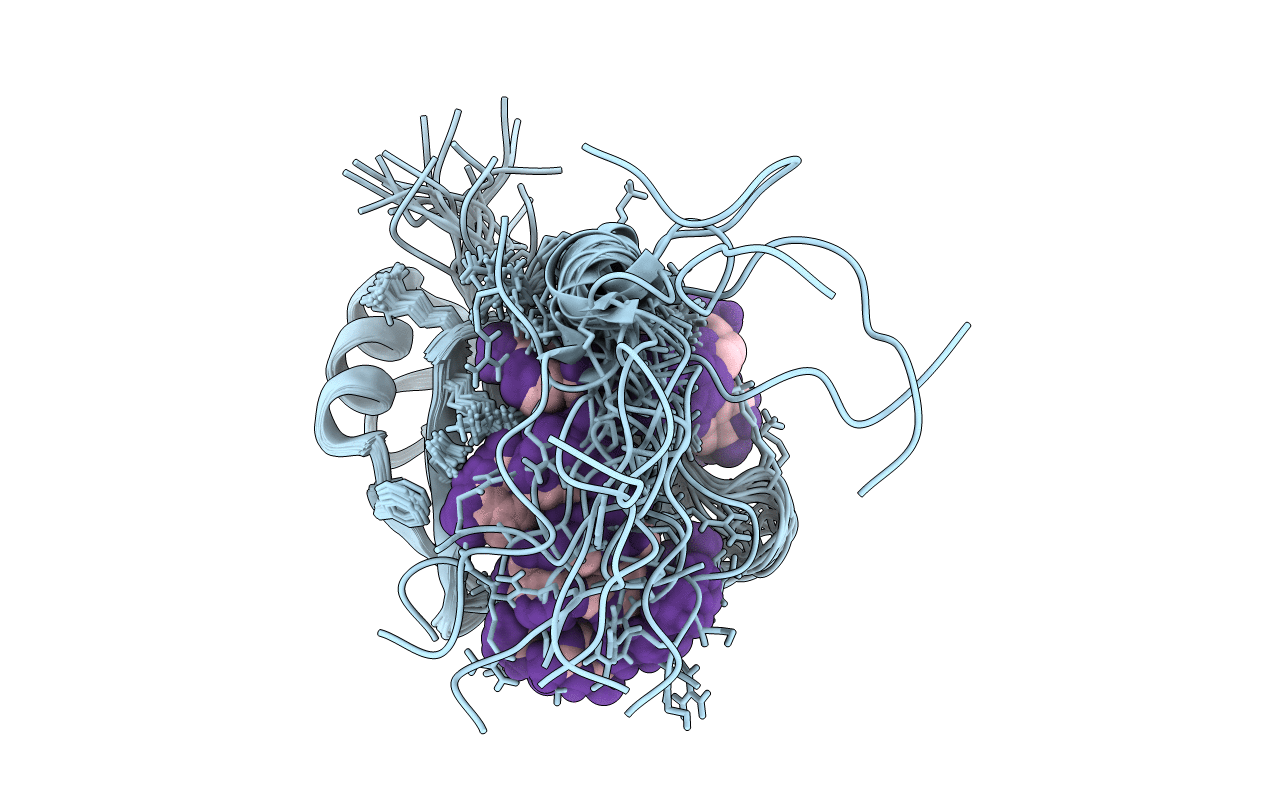
Deposition Date
2017-02-09
Release Date
2017-12-13
Last Version Date
2024-05-01
Entry Detail
PDB ID:
5X3Z
Keywords:
Title:
Solution structure of musashi1 RBD2 in complex with RNA
Biological Source:
Source Organism:
Mus musculus (Taxon ID: 10090)
Host Organism:
Method Details:
Experimental Method:
Conformers Calculated:
200
Conformers Submitted:
20
Selection Criteria:
structures with the least restraint violations


